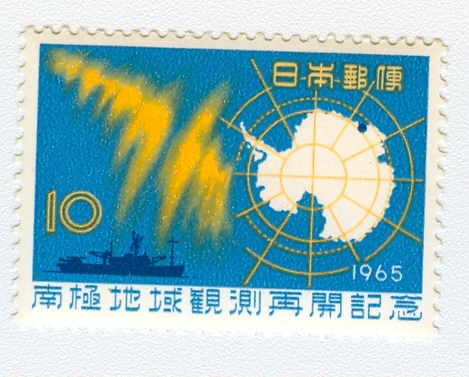Canada, 1957, Scott 370, 34mm x 23mm
Canada’s great geographer, David Thompson, is honored on this issue. He appears in the foreground sighting through what appears to be an octant, with the background dominated by a curly-cornered map of the western section of the dominion. This is one of those striking juxtapositions of features in contrasting scales which we have seen before.
The figure is not a detailed likeness of the man’s face, choosing to emphasize instead the details of his traditional garb. The map has its own emphasis not on the mountains or forests but rather on the watersheds of the major rivers and lakes of the western provinces, which ties into the search for a passage to the Pacific Northwest that was a major motivation for Thompson’s explorations. The way in which the various headwaters twine around but stay separate almost seems to express a note of frustration that this did not work out as hoped.










